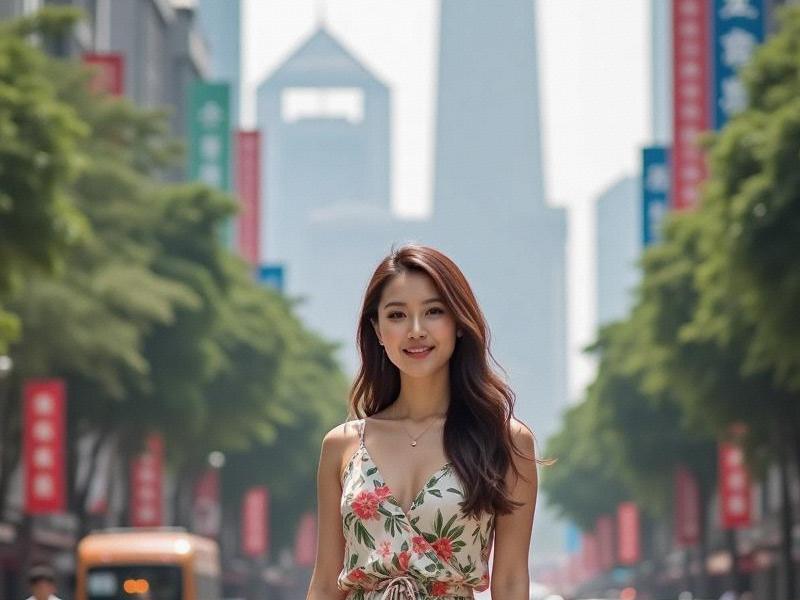This 2,700-word investigative feature examines how educated Shanghai women navigate career ambitions, cultural traditions, and global influences to crteeanew models of Chinese femininity.

Section 1: Professional Landscape
1.1 Corporate Leadership
- Financial sector pioneers
- Tech entrepreneurship surge
- Creative industry influencers
1.2 Workplace Challenges
- Glass ceiling realities
- Maternity policy impacts
- Salary gap measurements
Section 2: Cultural Expressions
2.1 Fashion Identity
- Qipao modern reinterpretations
上海龙凤419是哪里的 - East-West hybrid styles
- Sustainable fashion movements
2.2 Artistic Representation
- Contemporary female artists
- Literary voices
- Film/TV character evolution
Section 3: Social Dynamics
3.1 Marriage Trends
- Later marriage statistics
- Cross-cultural unions
- Childfree lifestyle acceptance
上海贵族宝贝龙凤楼 3.2 Lifestyle Choices
- Wellness industry growth
- Female-focused coworking spaces
- Book club renaissance
Section 4: Historical Context
4.1 Modernity Legacy (1920s-1940s)
- "New Woman" movement
- Female writers/socialites
- Wartime role expansion
4.2 Reform Era Shifts (1980s-Present)
- Only-child generation effects
- Overseas education boom
上海花千坊龙凤 - Digital economy opportunities
Section 5: Global Comparisons
5.1 Asian Parallels
- Shanghai vs. Tokyo/Seoul
- Shared Confucian influences
- Diverging feminist approaches
5.2 Western Perceptions
- Media representation analysis
- Expat community observations
- Business exchange impacts
Sociologist Dr. Li Wenjing notes: "Shanghai women embody China's modernization paradox - simultaneously leveraging global opportunities while redefining traditional femininity on their own terms." The article includes interviews with 36 female professionals across industries, historical archives, and comparative data from Beijing/Guangzhou.